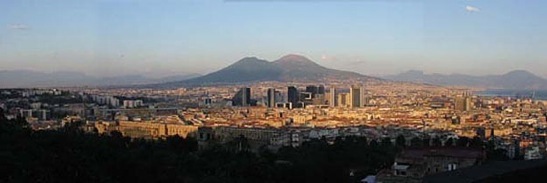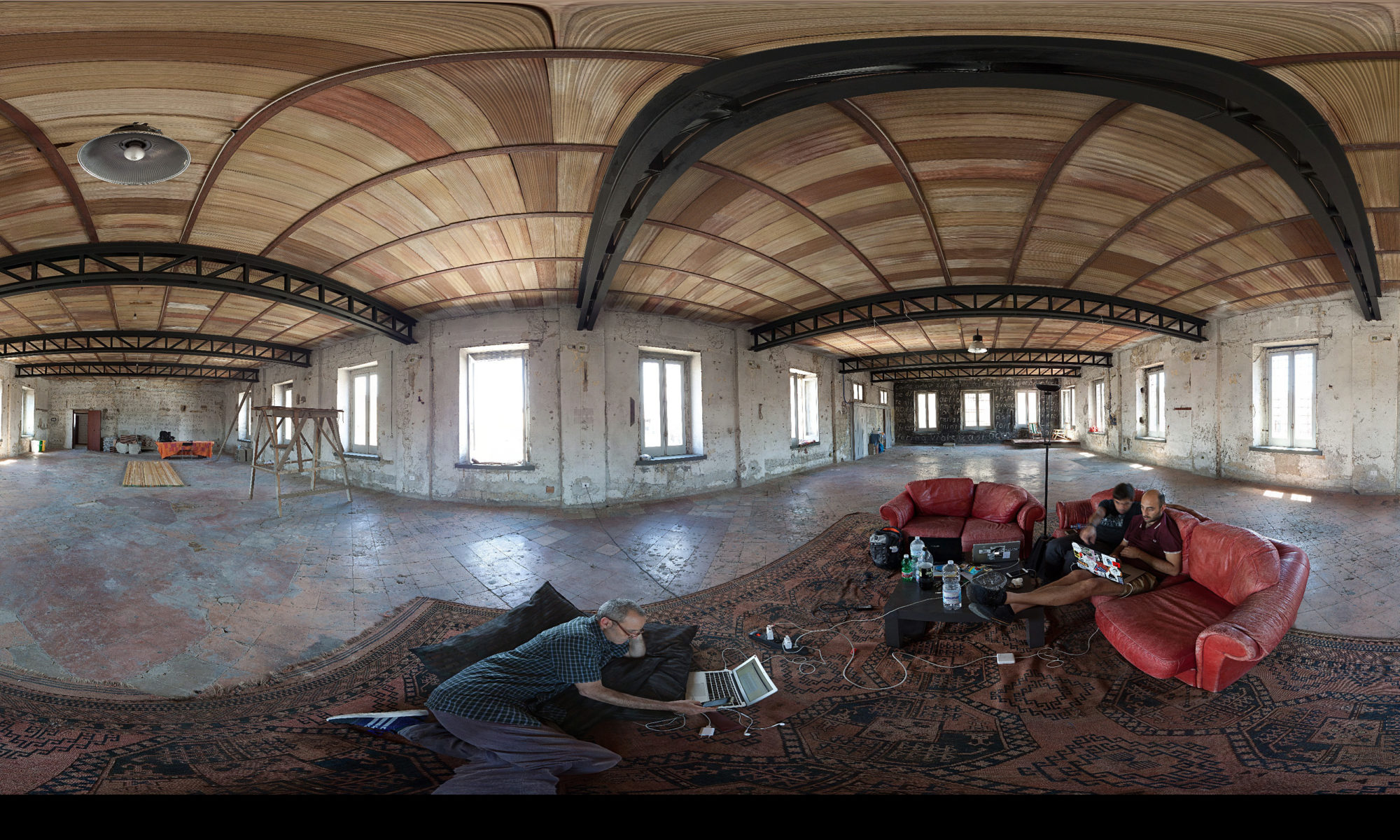Naples represents a hybrid typology city that combines both north European and Mediterranean characteristics. Several cultural and formal layers, since the Greek- Roman time to the postmodern neo-kitch, are recognizable in the city: The antique centre with its “ippodameo” masterplan based on “cardi” and “decumani”, the medieval city with its districts (borghi) and castles, the several urban expansions, the neo-classical edifices ( first classical style _expression after the discovery of Pompeii), the fascist visions such as the “ Mostra d’Oltremare”, the uncontrolled urban speculation after world war II, and the Kenzo Tange urban masterplan extension.

The built environment and the historical Neapolitan culture together represent a concrete model of chaos theory applied to urban systems. Therefore, Naples is one of the most provocative sites for research concerning contemporary urbanization. Every square centimeter of the city is frenzly inhabited. About three million of people move, consume, and live on one of the biggest metropolitan territories in Italy. Naples is dense. A peculiar density made by different urban agglomerates yet still possible to describe according to a single homogenous identity. A world of colors, sounds, spatial and social produced by sudden transformations and constant mutations of cultural fluxes. The city continues to hold a strong identity, while historically capable of absorbing very different influences.
Studying and designing Naples is a way to participate in the challenge of a sustainable urbanization, common to many mega-urban-structures like Naples, Honk Kong, Cairo, Mexico City, and Los Angeles. A research and didactical laboratory of experimentation that confronts itself with the contemporary urban materiality: the relationship among infrastructures and built environment, the importance of public spaces, the role of nature, the undefined separation between public and private, deterioration processes of abandoned areas, the potentiality of interstitial spaces, conflicts, tensions, auto-organizational expansions, residues, occupations, the non-institutional character of some urban development processes.
LAN supplies the tools to examine the precarious existence of the city and its potentially extreme transformations, through experiential methods of analysis and design that challenge students to confront themselves with the context of one of the most fascinating cities in the world.
